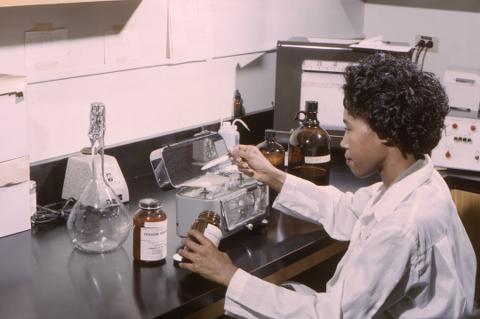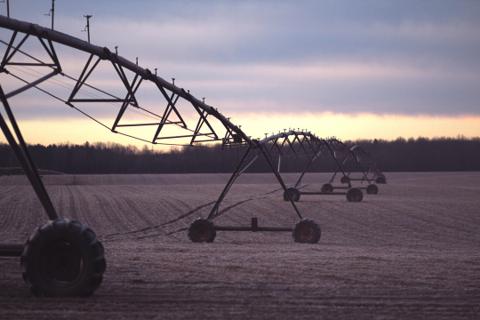Safe Use of Agrochemicals
Agrochemicals, such as pesticides, herbicides, and fertilizers, play a vital role in modern agriculture. When used responsibly, they help protect crops, improve yields, and ensure food security. However, incorrect use can harm human health, the environment, and biodiversity. This guide outlines best practices for the safe handling, storage, and application of agrochemicals.

Understanding the Agrochemicals
Before using any product:
- Read the Label Carefully – Follow the manufacturer’s instructions for application rates, safety precautions, and storage.
- Know the Purpose – Only use agrochemicals for their intended crops and pests.
- Be Informed – Learn about the active ingredients, potential hazards, and environmental impact.
Personal Safety
- Wear Protective Clothing: Gloves, goggles, long sleeves, long trousers, boots, and masks or respirators where necessary.
- Avoid Skin Contact: Do not touch treated crops until the recommended re-entry period has passed.
- Practice Good Hygiene: Wash hands, face, and exposed skin after handling agrochemicals and before eating or drinking.

Safe Handling and Mixing
Mix in a Well-Ventilated Area: Preferably outdoors or in an open shed.
Avoid Spills: Use clean, dry equipment and measure accurately.
Never Use Food or Drink Containers for mixing or storing chemicals.
Mix Only What You Need to reduce waste and environmental contamination.
Tank Mix compatible chemicals only.
Application Safety
Calibrate Equipment to ensure accurate dosage.
Apply in Suitable Weather: Avoid windy conditions to prevent drift and rain that can cause runoff.
Keep Others Away: Restrict access to treated areas until safe.
Follow Pre-Harvest Intervals to ensure food safety.
Environmental Protection
Prevent Contamination: Avoid application near rivers, lakes, or wells.
Protect Beneficial Species: Apply chemicals when pollinators like bees are less active (early morning or late evening).
Rotate Chemicals: Reduce resistance build-up in pests and diseases.
Storage and Disposal
- Store Securely: In a locked, dry, cool, and well-ventilated place away from children, animals, and food.
- Original Containers Only: Keep agrochemicals in their labeled packaging.
- Dispose Responsibly: Triple rinse containers and dispose of them at designated collection points. Do not dump in water bodies or open land.


Emergency Measures
Know First Aid Procedures for common exposure symptoms such as skin irritation, dizziness, or breathing difficulty.
Keep Emergency Contacts Ready: Poison control center, nearest hospital, and local agricultural extension office.
Act Quickly in case of spills or exposure—remove contaminated clothing and wash thoroughly.
Remember: Safe agrochemical use is not just about following rules—it’s about protecting your health, your community, and the environment while ensuring sustainable food production.